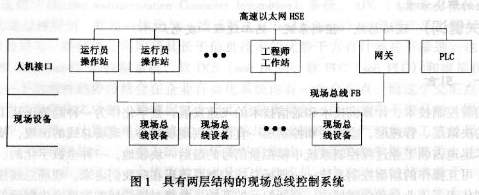
Privacy statement: Your privacy is very important to Us. Our company promises not to disclose your personal information to any external company with out your explicit permission.
86-13597236402



May 12, 2023
November 29, 2022
China's new energy vehicle charging operation and construction seminar held in Beijing recently. At the seminar, the smart electric charging system of EV group introduced by Teledin New Energy...
(1) high-voltage power distribution system: modern high-rise buildings are using two independent 10kV power supply. General high-pressure single-bus segment, automatic switching, mutual backup. The...
Recently, "Electric Vehicle Group Smart Charging System Qingdao Science and Technology Achievement Evaluation and New Energy Vehicle Charging System Construction Seminar" was held in...
1 Power Operation Power Monitoring System Introduction Power operating power monitoring system is generated with the automation of power system. The system can monitor the parameters of AC power...
Email to this supplier
May 12, 2023
November 29, 2022

Privacy statement: Your privacy is very important to Us. Our company promises not to disclose your personal information to any external company with out your explicit permission.

Fill in more information so that we can get in touch with you faster
Privacy statement: Your privacy is very important to Us. Our company promises not to disclose your personal information to any external company with out your explicit permission.